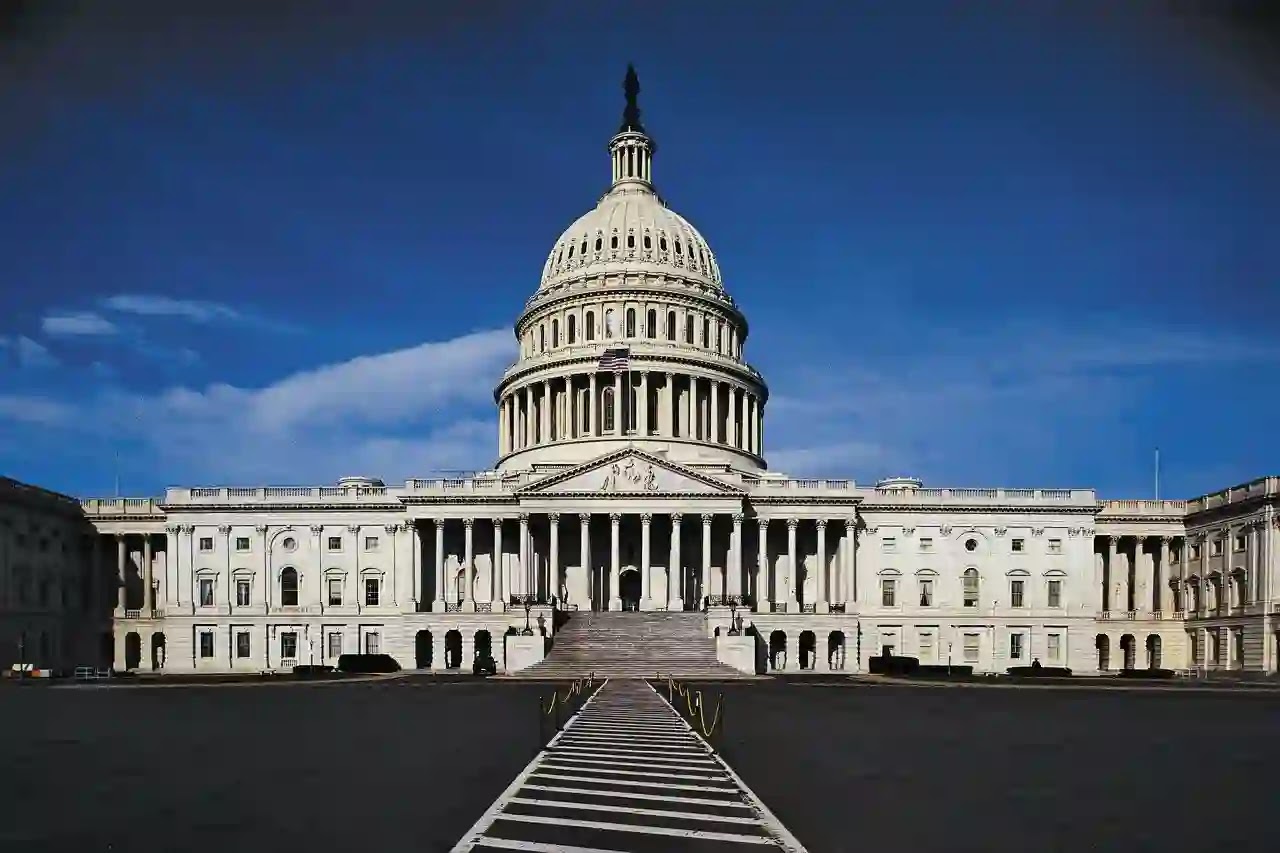
In the throes of the Cold War, the United States found
itself in a technological race with the Soviet Union, prompting the
introduction of the National Defense Education Act (NDEA). This pivotal piece
of legislation, enacted in 1958, aimed to address perceived shortcomings in the
nation's education system, especially in the fields of science and technology.
In this article, we will delve into the historical context, the need for
educational reform, the creation of the NDEA, its goals, impact on higher
education, influence on the curriculum, criticisms, and controversies, as well
as its relevance in today's educational landscape.
I. Introduction
The NDEA emerged during a critical period of Cold War
tensions, marked by the relentless technological advancements of the Soviet
Union. As the United States felt the pressure to compete on the global stage,
there was a growing realization that the nation's education system needed a significant
overhaul to foster innovation and scientific progress.
II. Historical Context
The backdrop of the Cold War set the stage for the NDEA. The
Soviet Union's launch of Sputnik, the first artificial Earth satellite, in
1957, sent shockwaves through the United States. The fear of falling behind in
the arms and space race spurred the government to take decisive action.
III. The Need for Educational Reform
A closer look at the American education system revealed gaps
in science and technology education. The government recognized that addressing
these gaps was not only crucial for maintaining technological superiority but
also essential for national security.
IV. Creation of the National Defense Education Act
Against this backdrop, Congress passed the NDEA in 1958. The
legislation was a comprehensive response to the perceived educational
shortcomings, providing federal funding and support to bolster education in
crucial areas.
V. Goals of the NDEA
The NDEA aimed at improving STEM (Science, Technology,
Engineering, and Mathematics) education by allocating funds for scholarships,
loans, and the establishment of National Defense Education Act Institutes. The
overarching goal was to ensure a steady supply of skilled individuals to
contribute to national defense and technological advancements.
VI. Impact on Higher Education
The NDEA had a profound impact on higher education. It
introduced scholarship and loan programs to support students pursuing degrees
in STEM fields. Additionally, it led to the establishment of institutes
dedicated to research and development, further enhancing the nation's
scientific capabilities.
VII. Influence on the Curriculum
The NDEA influenced educational curricula by placing a
strong emphasis on science and math. Military-related courses were integrated
into educational programs, reflecting the act's focus on preparing students for
roles in defense-related industries.
VIII. Criticisms and Controversies
While the NDEA aimed to strengthen the nation's educational
foundation, it faced criticism for perceived military influence and concerns
about academic freedom. Some argued that the act's emphasis on defense-related
education compromised the autonomy of educational institutions.
IX. Relevance Today
The legacy of the NDEA is still evident in today's
educational landscape. The ongoing debates on educational policies often draw
from the experiences and lessons learned during the implementation of the act.
Its influence can be seen in the continued emphasis on STEM education and the
recognition of the vital role education plays in national security.
X. Conclusion
In conclusion, the National Defense Education Act was a
pivotal response to the challenges posed by the Cold War. By addressing
deficiencies in education, particularly in the STEM fields, the NDEA played a
crucial role in shaping the nation's scientific and technological landscape.
Its impact on higher education, curriculum development, and the ongoing
discussions surrounding educational policies highlight its enduring relevance.
Custom Message:
Get Access Now: https://bit.ly/J_Umma
Give my new GPT a try: https://chat.openai.com/g/g-xMTYfDbb4-human-written-100-unique-seo-optimized-article
FAQs
- Was
the National Defense Education Act successful in achieving its goals?
The NDEA achieved some of its goals by significantly improving STEM
education and contributing to technological advancements.
- Did
the NDEA face opposition when it was first introduced? Yes, there was
opposition, particularly regarding concerns about military influence and
potential threats to academic freedom.
- How
did the NDEA impact non-STEM fields in education? While the primary
focus was on STEM, the NDEA's influence indirectly affected other fields
by reshaping educational priorities.
- Are
there any modern-day initiatives inspired by the NDEA? Yes, various
educational initiatives today draw inspiration from the NDEA, particularly
those promoting STEM education and research.
- What
is the lasting legacy of the National Defense Education Act? The
NDEA's legacy lies in its role in shaping STEM education, influencing
curriculum development, and sparking ongoing discussions on education
policies.
